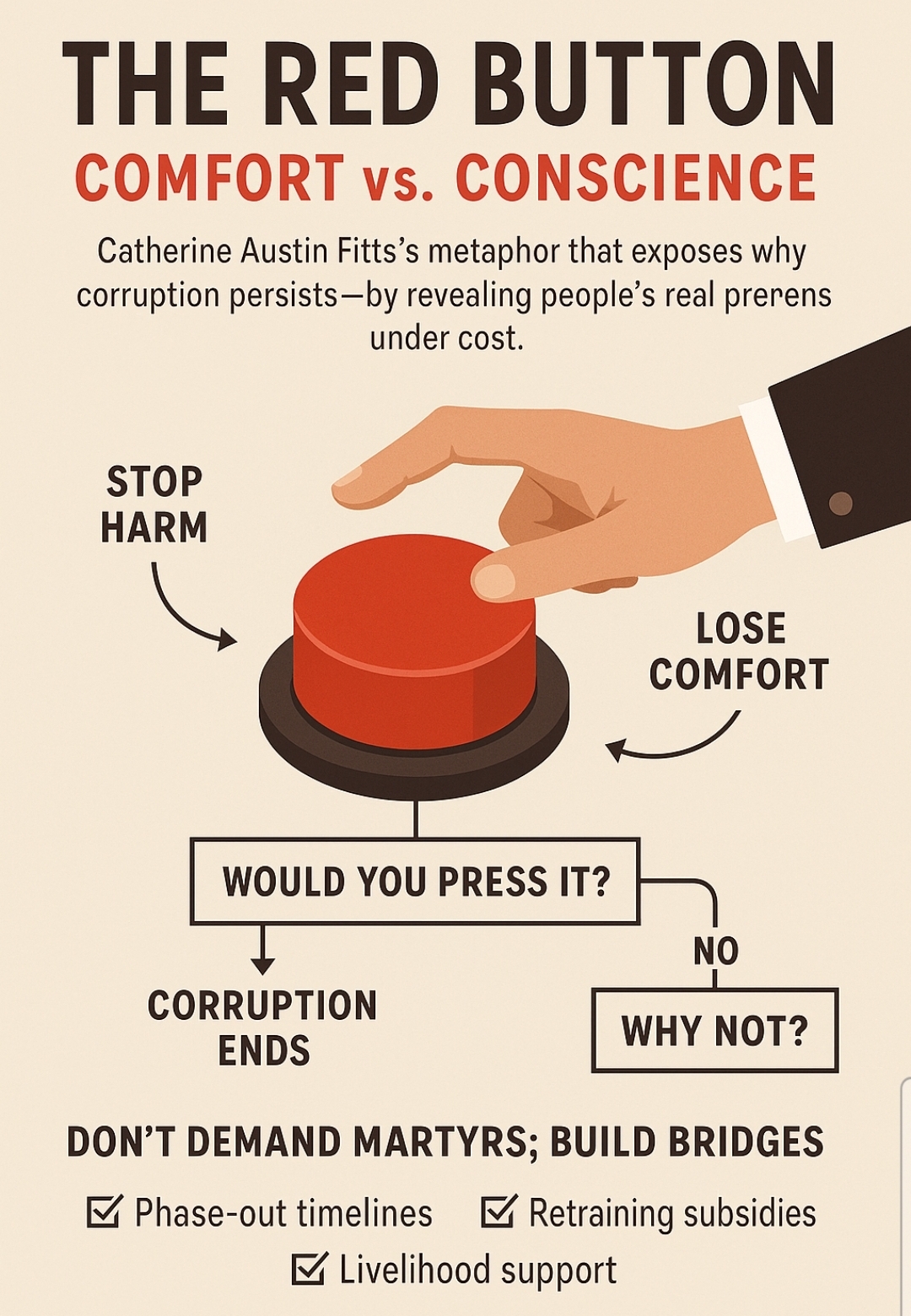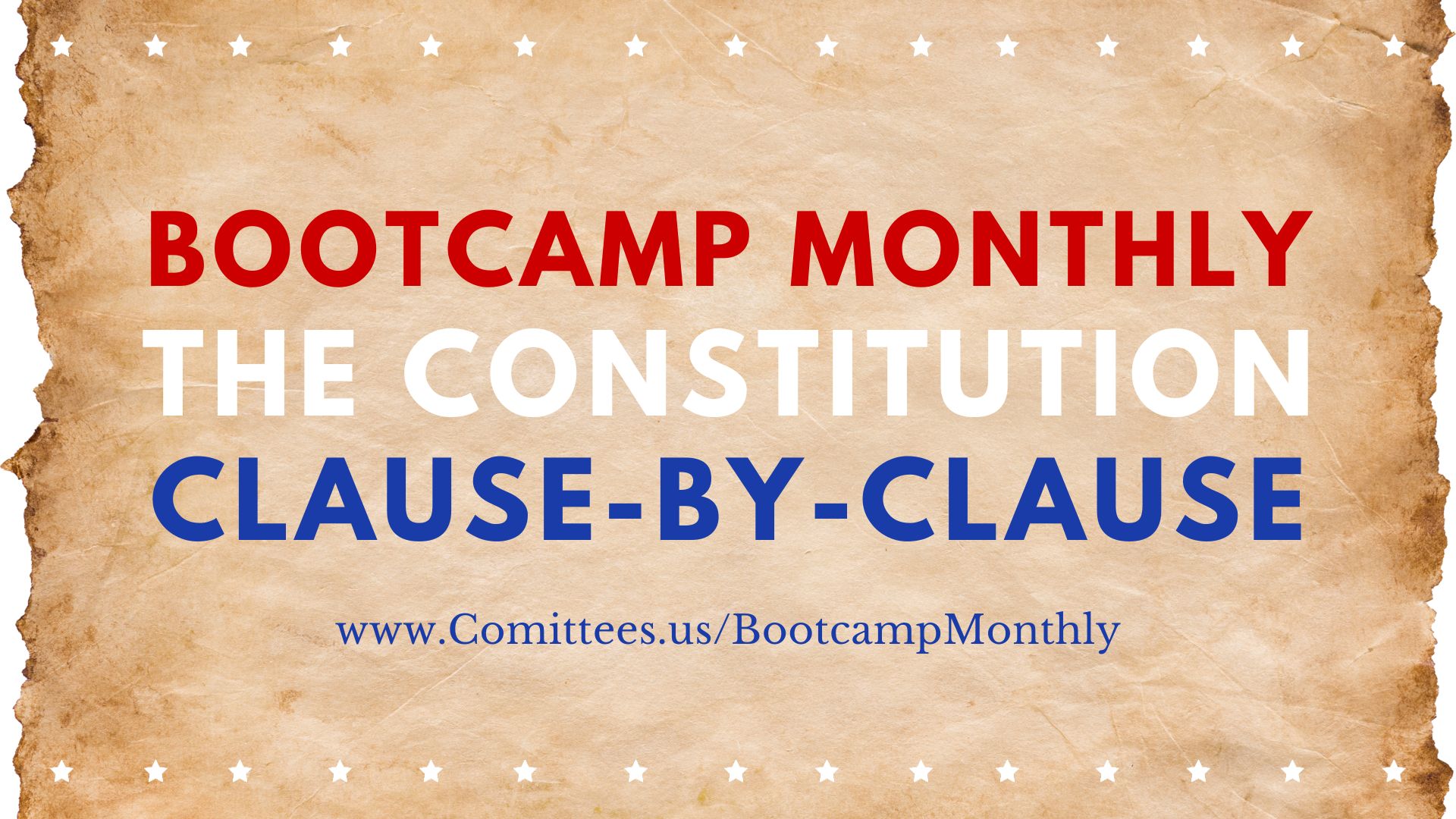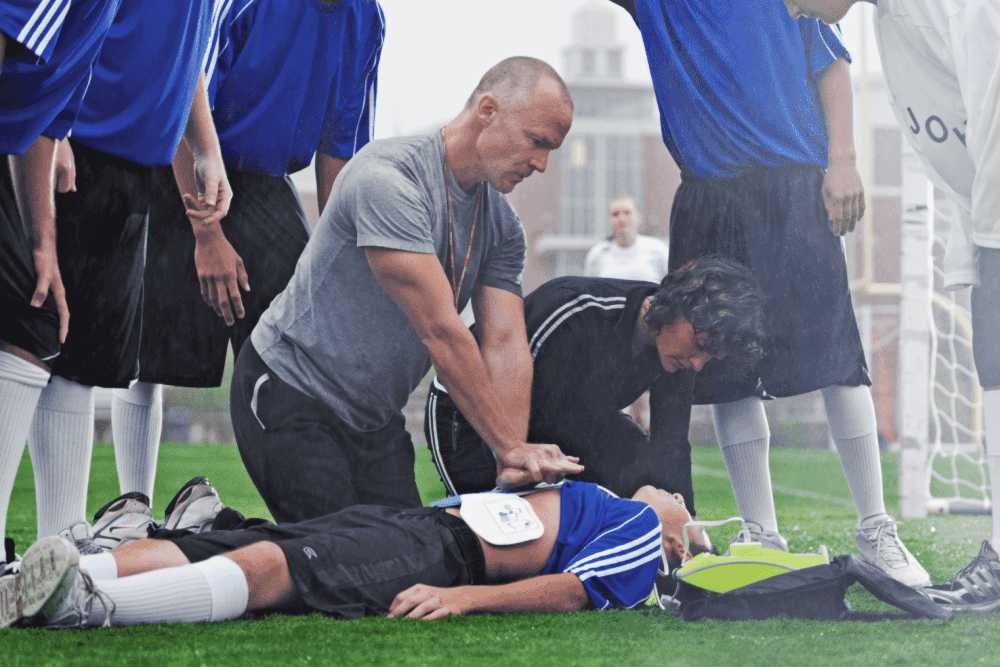Executive Summary
Catherine Austin Fitts’s “Red Button” is a vivid thought experiment about complicity. Imagine a button that—if pressed—would end a destructive system (war profiteering, financial fraud, surveillance capitalism). Almost everyone says they oppose the system; yet very few would press the button if it meant losing their job, status, 401(k), or social peace. The metaphor lays bare a hard truth: corruption persists not only because of villains, but because ordinary, good people trade conscience for comfort.
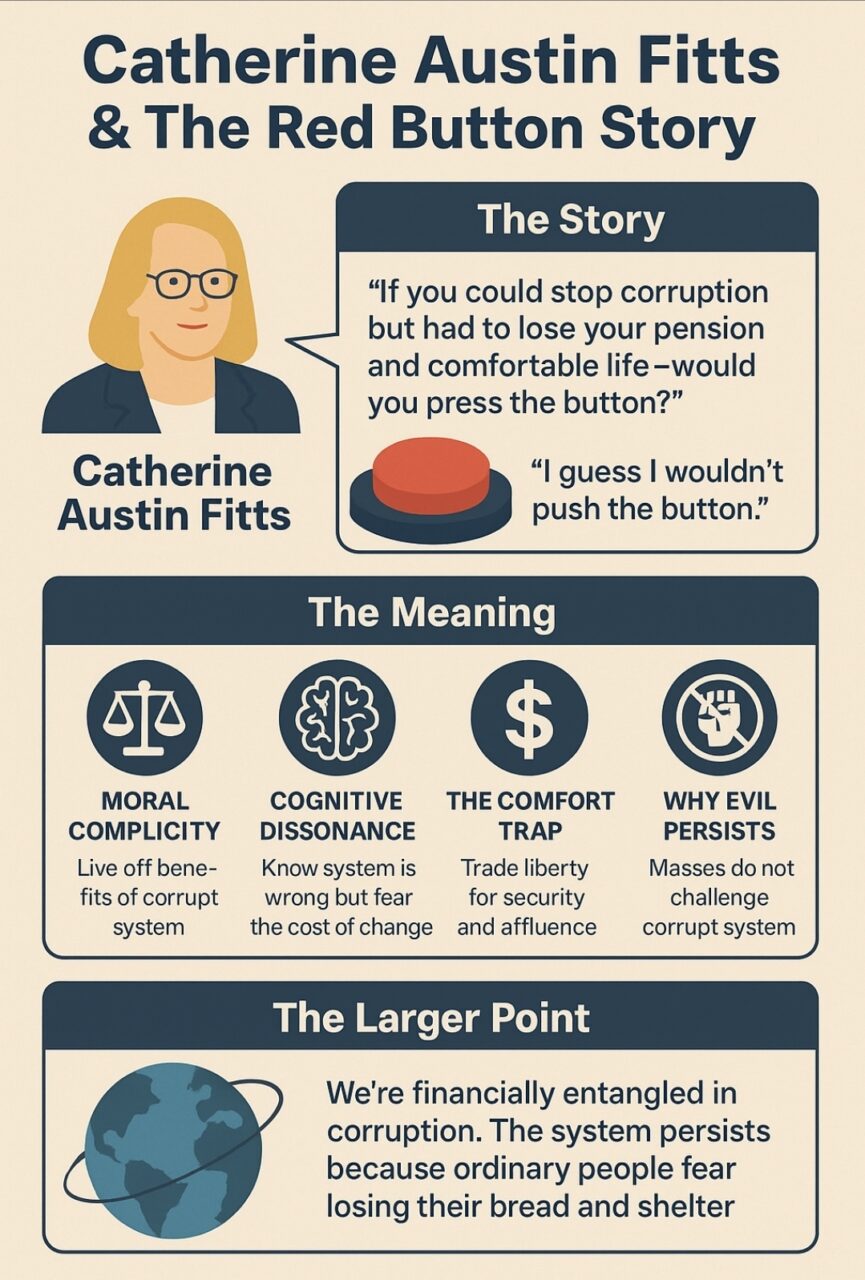
The Origin
- Context: Fitts, a former investment banker and public official, used the image during talks about financial corruption and the “hidden” economy.
- Purpose: Replace abstract policy talk with a moral mirror. The Red Button forces a yes/no choice—cut the euphemisms, face the trade-off.
The Metaphor, Unpacked
- The Button: An instant, nonviolent fix—no policy details required.
- The Cost: Pressing it collapses the perks that corruption subsidizes (asset bubbles, defense jobs, grant streams, insider rents).
- The Revelation: Most people won’t press it. They oppose abuse in theory, but their real preference is “change—without changing me.”
Why It Sticks
- Clarity: A binary choice dissolves foggy rationalizations.
- Agency: It reframes corruption as a collective coordination failure—not just “them,” but “us.”
- Diagnostics: It exposes which incentives, dependencies, and fears truly govern behavior.
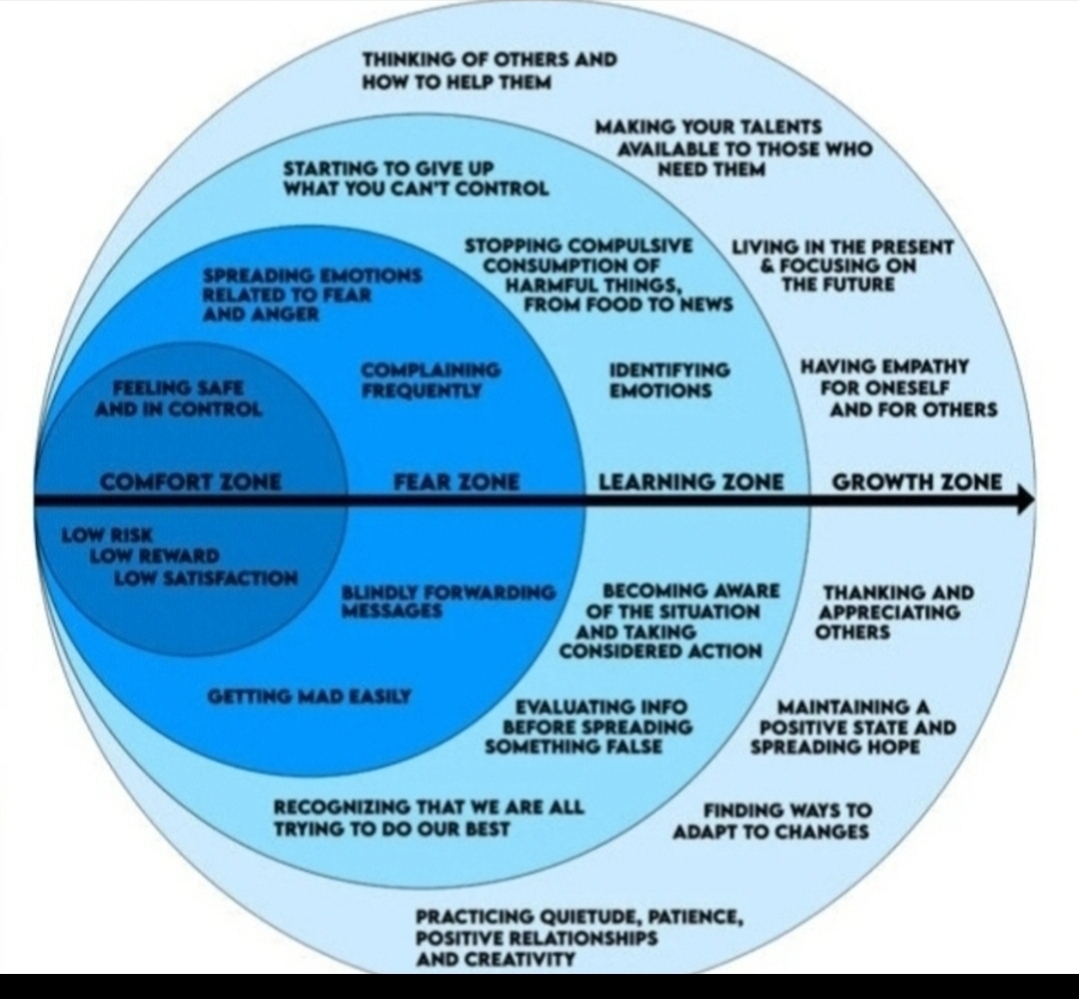
The Deadly Comfort Zone
Comfort feels safe, but in truth it’s a trap.
- Illusion of safety: People believe as long as life looks “normal” (jobs, routines, entertainment), they can ignore systemic corruption.
- Erosion by inches: Corruption grows because people won’t endure discomfort to resist it.
- Moral decay: The unwillingness to sacrifice comfort turns into complicity. Silence becomes permission.
Comfort isn’t neutral—it is the soil in which tyranny grows.
Why Comfort Becomes Deadly
- Passivity invites predation. The powerful exploit the masses’ desire for ease.
- Fear of loss outweighs love of truth. People protect pensions, positions, or reputations instead of pushing back.
- The Slippery Slope. Each compromise sets a new “normal” until corruption is embedded in law, culture, and finance.
- Death of Conscience. Once people silence their own conscience to preserve comfort, truth becomes unbearable to face.
The Moral Math Behind “Not Pressing”
- Livelihood dependence: “If the button shuts down my industry, how will I feed my family?”
- Status & belonging: Fear of being ostracized as disloyal, naïve, or “political.”
- Loss aversion: People weight losses 2–3× more than equivalent gains; inaction feels safer.
- Delegation comforts: “Surely a leader will fix it later.”
- Fragmented harm: When damage is distant (foreign wars, outsourced pollution), conscience dulls.
Common Misreadings (and How to Correct Them)
- “It’s cynicism.”
Correction: It’s a diagnostic. Once you see the incentives, you can redesign them. - “It demands martyrdom.”
Correction: It calls for collective action and staged transitions to reduce personal ruin. - “It’s simplistic.”
Correction: The simplicity is the point: to surface the real veto players—our comforts.
Points
- Every system has a red button moment. School boards, banks, churches, and governments test whether people value truth over convenience.
- True safety lies outside the comfort zone. Only those willing to sacrifice temporary ease can preserve freedom for the future.
- The Question for Each Generation: Will we trade comfort today for conscience tomorrow, or will we leave our children a world built on corruption?
Applications Across Domains
- Defense & foreign policy: Reduce war dependence by standing up civilian advanced manufacturing and vets-first retraining.
- Healthcare: Sunset perverse fee-for-service incentives; reward prevention and outcome quality; protect providers during the shift.
- Tech & data: Phase out surveillance-ad models; migrate to subscriptions or public-interest funding; guarantee SMB ad alternatives.
- Finance: Close regulatory loopholes that enable extractive arbitrage; pair with small-bank modernization grants.
Red Flags to Watch
- Infinite pilots, zero sunsets: Signals “performative” reform.
- Moral outsourcing: “It’s regulators’ job”—a tell that comfort is in charge.
- Weaponized uncertainty: Endless “we need more study” after harms are established.
- Scapegoat rotation: Blaming fringe actors while core incentives remain intact.
Quick FAQ
Isn’t this just virtue signaling in reverse?
The whole exercise punishes cheap talk. It asks for real trade-offs.
What if the harms are contested?
Run the Button for multiple scenarios. The pattern of who refuses (and why) is itself revealing.
How do we avoid witch hunts?
Aim at structures, not people. Redesign incentives; don’t moralize livelihoods.
Teaching Points
- Corruption persists because it funds comforts we refuse to surrender.
- The Red Button exposes revealed preferences—what we really choose under cost.
- Durable reform = moral clarity plus transition design.
- Don’t demand martyrs; build bridges.
- Measure progress by how many people can now afford to press.
Reflection Prompt
Name one comfort you would surrender this year to meaningfully reduce a harm you oppose.
What bridge would help you surrender a second comfort?Takeaway:
The comfort zone doesn’t just pacify—it kills. It kills conscience, courage, and eventually liberty.
The red button is always there. The real question is: Do you have the courage to push it?
Bottom Line
The Red Button is not a dare to be heroic—it’s a design brief. If most people won’t press it, the work is to change the conditions so they can. That’s how conscience scales without burning people to ash.
Comfort and Pleasure: The Twin Traps
Comfort and pleasure are often mistaken for fulfillment, but they are fundamentally different—and when joined, they become deadly. Comfort is the avoidance of pain, risk, or disruption; pleasure is the pursuit of stimulation, reward, or indulgence. One builds a cocoon, the other fills it with distraction.
This pairing forms a cycle that erodes moral courage:
- Comfort resists change. We stay where it’s safe, predictable, and unchallenging.
- Boredom sets in. Without struggle or risk, life feels empty.
- Pleasure fills the void. Entertainment, consumption, and indulgence distract us from the nagging sense of purposelessness.
- Passivity deepens. The comfort-pleasure loop numbs us against conscience, until corruption no longer shocks us.
Together, comfort and pleasure become the anesthesia of conscience. They silence the inner voice that calls us to sacrifice, to courage, to truth. They explain why so many refuse to “press the red button” even when corruption is in plain sight: pressing it would disturb their comfort and cost them their pleasures.
Teaching Point:
- Comfort keeps us from moving.
- Pleasure keeps us from noticing.
- Only by breaking free of both can conscience breathe and courage act.
Breaking Free from the Comfort–Pleasure Trap
Escaping the cycle of comfort and pleasure requires both awareness and deliberate practice. It isn’t about rejecting all comfort or demonizing all pleasure—it’s about refusing to let them rule us.
1. Reframe Discomfort as Growth.
- Discomfort is not an enemy—it’s the forge where strength, courage, and resilience are shaped.
- Every meaningful pursuit (truth, justice, love, freedom) comes with discomfort attached. Treat it as the tuition for growth, not a penalty.
2. Replace Cheap Pleasure with Deep Fulfillment.
- Shallow pleasures numb the conscience; deep joys (purpose, relationships, service, creativity) awaken it.
- Trade consumption for contribution. Ask: “Does this feed me, or does it drain me?”
3. Practice Voluntary Sacrifice.
- Fast from unnecessary comforts: skip entertainment, delay gratification, choose silence over noise.
- This sharpens discernment and reminds the body and soul that we do not need endless comforts to thrive.
4. Anchor in Conscience.
- Before acting, ask: “Am I choosing this because it’s easy—or because it’s right?”
- Courage is built in small choices before it’s tested in big ones.
5. Build a Community of Resistance.
- Isolation fuels weakness. Surround yourself with people who also choose conscience over comfort.
- Accountability prevents relapse into the numbing cycle.
Teaching Point:
The comfort–pleasure trap is broken by choosing discomfort with meaning over comfort with decay. Every time you resist the easy option for the right option, you practice pressing the Red Button.

